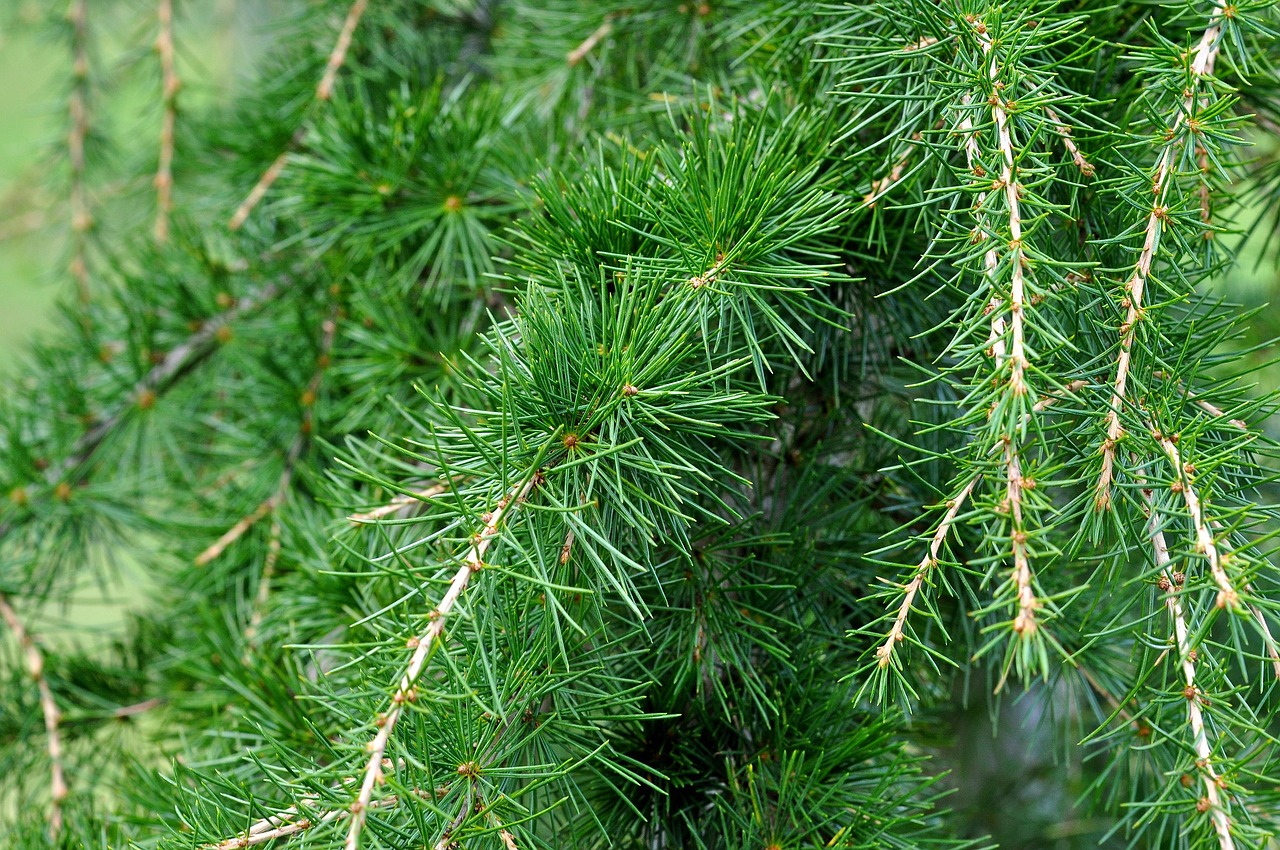“`html
The Majestic Cedar Tree: A Comprehensive Guide
Introduction to Cedar Trees
Cedar trees are renowned for their majestic stature and aromatic wood. Found in various parts of the world, these trees belong to the Pinaceae family and are often associated with strength and resilience. Whether you’re interested in their cultural significance, ecological contributions, or simply wish to grow one in your garden, this guide will provide you with all the essential information about cedar trees.
Habitat and Characteristics
Natural Habitat
Cedar trees are typically found in mountainous regions, thriving in well-drained soils and sunny environments. They are native to the Mediterranean region, the western Himalayas, and parts of North America. These trees can grow to impressive heights, often exceeding 100 feet, with a wide spread of branches that provide ample shade.
Distinctive Characteristics
Cedars are evergreen conifers known for their needle-like leaves and large, woody cones. The bark is often reddish-brown and peels off in strips, giving the trunk a rugged appearance. The wood is durable and resistant to decay, making it highly valued in construction and furniture-making.

Symbolism and Meaning
The cedar tree holds significant symbolism in various cultures. It is often associated with protection, strength, and immortality. In ancient times, cedars were used to build temples and ships, symbolizing endurance and divine protection. In the language of flowers, cedar represents strength and nobility.
How to Grow Cedar Trees
Choosing the Right Location
When planting a cedar tree, it’s crucial to select a location that receives ample sunlight and has well-drained soil. Ensure there is enough space for the tree to grow both in height and width. Avoid areas prone to waterlogging, as cedars do not thrive in overly moist conditions.
Planting and Care
Begin by preparing the soil with organic matter to improve drainage and nutrient content. Plant the sapling in a hole twice as wide as the root ball and at the same depth. Water the tree thoroughly after planting and apply a layer of mulch to retain moisture. Regularly check for pests and diseases, and prune dead or diseased branches to maintain the tree’s health.

Fertilization and Watering
Fertilize cedar trees in early spring with a balanced tree fertilizer to promote healthy growth. Water young trees regularly until they establish a deep root system. Mature trees require less frequent watering, but ensure they receive adequate moisture during prolonged dry spells.
Additional Information and Resources
Ecological Importance
Cedar trees play a vital role in their ecosystems. They provide habitat and food for various wildlife species and contribute to soil stability. The aromatic wood naturally repels insects, making it a sustainable choice for outdoor furniture and structures.
Conclusion
Whether you appreciate cedar trees for their ecological benefits, their historical significance, or simply their beauty, they are a remarkable addition to any landscape. With proper care and attention, you can enjoy the presence of these majestic trees for generations.
Additional Resources
For more information on tree care and other plant species, visit Arbor Day Foundation. For those interested in learning more about the significance of cedars in different cultures, explore this detailed article.
“`
